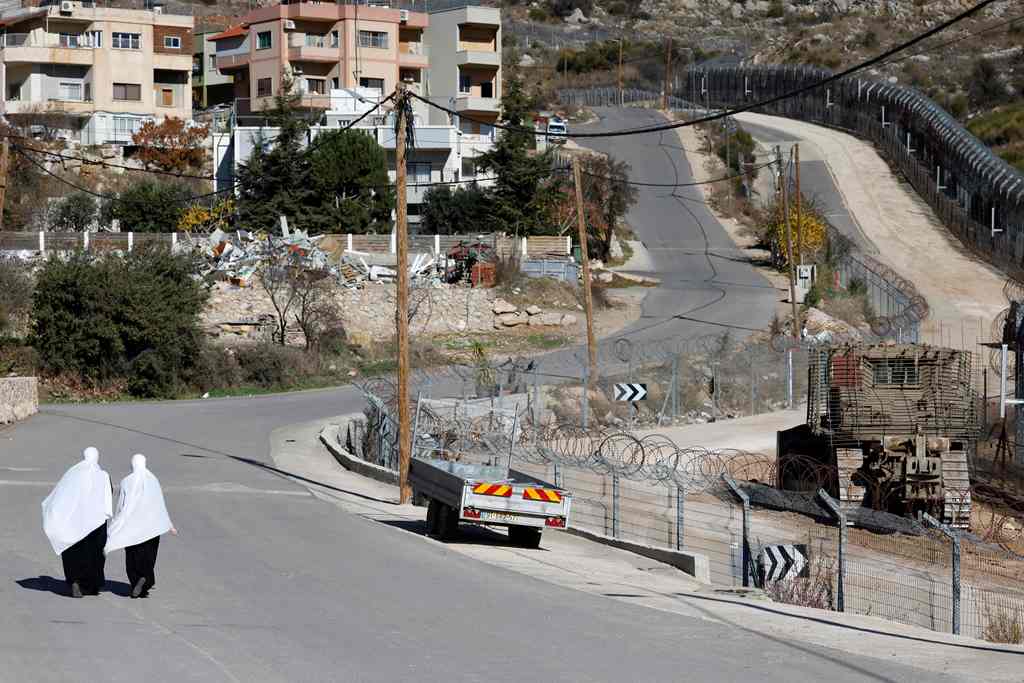Qatar plans to convert 25% of public transport to electric in 2022 – just in time for the World Cup – with 100% expected by 2030.
Plans to establish an integrated network of electric car chargers across different locations to gradually transform the electric transport system have been kicked off in Qatar, the ministry announced.
The execution of the electric vehicle strategy was given the green light by the Public Works Authority [Ashghal] and Qatar General Electricity and Water Corporation [KAHRAMAA] earlier this week, with preparation help by Qatar’s Ministry of Transport and Communications.
The strategy includes gradually transporting the public bus services, government school buses, and Doha Metro’s buses to full-electric.
Read also: World’s biggest ‘mysterious’ 3D-printed object to soon decorate Doha’s skyline.
It also includes providing and installing over 600 charging devices at bus warehouses and stations, Metro stations and other select locations to support the new electric buses.
This aims to reduce harmful carbon emissions caused by conventional buses in less than a decade from now, in addition to achieving efforts to maintain environmental sustainability.
The country is aiming to provide safe, reliable, and accessible transportation facilities during the FIFA World Cup 2022, with electric buses to be used as the main services during the tournament.
The awaited football competition will be the first of its kind to use electric mass transit buses, demonstrating Qatar’s commitment to clean energy solutions for transport globally.
In April, authorities announced that more than 1,100 electric buses will be used to transport spectators during the FIFA World Cup Qatar 2022 as part of Qatar’s continued efforts to organise a carbon-neutral mega sporting event.
Meanwhile, the region’s largest electric charging station will be established in Lusail City, powered by solar energy and connected to all stations.
Kahramaa is planning to set up 200 to 500 charging points for electric cars across the country by 2022.
They will be located in strategic locations, including shopping malls, residential areas, stadiums, parks, and government offices, according to the National Programme for Conservation and Energy Efficiency (Tarsheed).
The country is also seeking to produce 700MW from solar panels by 2022.
This comes in line with Qatar’s National Vision of 2030 pillars, which include providing an integrated, world-class, multimodal transit system with reliable, trustworthy, and environmentally conscious services.
A year from now, almost 25% of the public transit bus fleet in Qatar will have become electric.
By 2030, most of the busses and public transportation will gradually become electric, reducing harmful carbon emissions and maintaining environmental sustainability measures.







